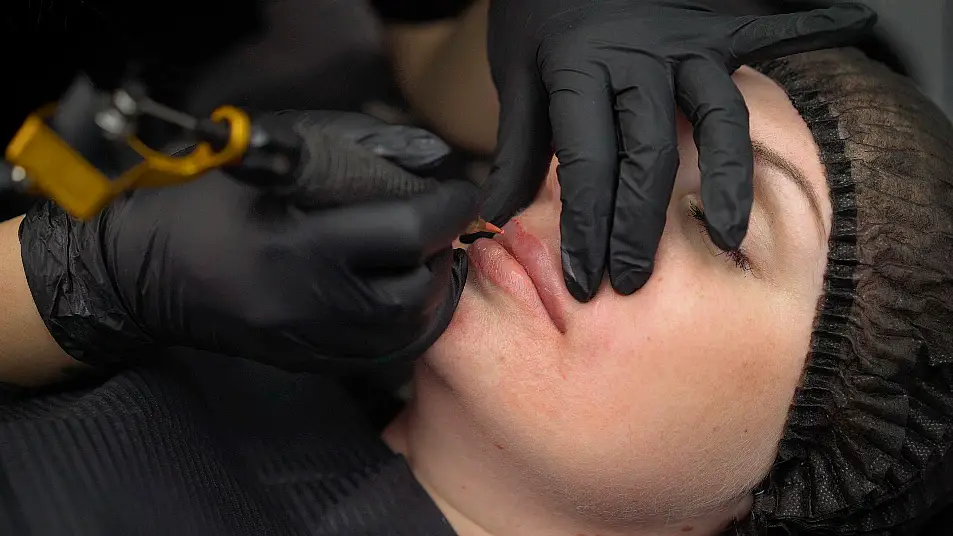Whilst microblading your eyebrows has been around for a while, cheek blush tattooing seems to be the next ‘it’ semi-permanent beauty trend.
Following the trend of tattooed lip stains known as ‘lip blushing’, semi-permanent blush takes the pink pigment fad one step further.
Hyper-pigmented blush has been trending for the past few months, led by the likes of singer Sabrina Carpenter and socialite Hailey Bieber, who have been dubbed as having “blush blindness” – a term used to describe wearing too much blush.
View this post on InstagramAdvertisement
Yet the short-lived worry of over-applied blush doesn’t seem to be deterring this new beauty treatment.
Cheek tint tattoos sent TikTok into a frenzy when marketing consultant Grace Clarke went viral for documenting the treatment online.
People flooded to the comments of Clarke’s video, calling the £300 beauty treatment “shocking”.
Many questioned Clarke’s investment in the treatment, as some noted their rosacea and high-blood pressure gets them the look “for free”.
Tracie Giles, celebrity permanent make-up practitioner to the likes of Vogue Williams, Louise Thompson and Lydia Millen, says “There is minimal ‘downtime’ following permanent make-up procedures – most clients can go about their day as normal after the treatment.
“There may be some swelling and redness immediately after treatment, but this should subside in 24-48 hours.”

When we think of face tattoos, Lil Wayne and Travis Barker spring to mind, but Giles notes that permanent make-up and tattoos are carried out very differently.
Permanent make-up uses “a single needle and highly specialised techniques that differ depending on the area we are tattooing,” explains Giles.
“The equipment used is similar to a conventional tattoo machine and needle, but is designed specifically for permanent make-up to be less aggressive and to not implant the pigment as deeply in the skin.”

The longevity of make-up tattoos and regular tattoos also differ.
“Permanent make-up pigments are designed to fade gradually over time without colour change, with smaller molecules that are absorbed more easily,” says Giles, “[they] are also typically less concentrated than tattoo inks.”
If you’re thinking about indulging the trend, Giles warns about people who are eligible for the treatment, “Just like with standard tattoos, it isn’t advisable for pregnant or breastfeeding women to get permanent make-up treatments.
“A reputable clinic or artist will always conduct a thorough pre-screening and medical questionnaire prior to carrying out any treatment to ensure client suitability.”

Perhaps the world of semi-permanent beauty is only just beginning, as people pay for high-maintenance treatments in order to stay low-maintenance with their everyday beauty.
This trend suggests that semi-permanent blush is the new cheat sheet for your make-up routine.







